
Kyle Chalmers: Focus on the Process and the Outcome Takes Care of Itself
Curious how Kyle Chalmers, Olympic legend, builds goals for competition? Here’s a look at the goal setting engine of an Olympic gold medalist.
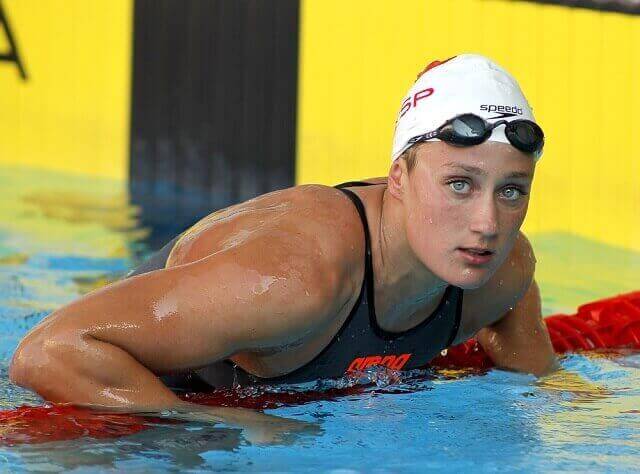
Maybe it happened today. Or yesterday. Or perhaps it will happen tomorrow.
You know it well enough, that uneasy feeling and frustration…
…that workout.
You walked out on deck feeling loose and energized, but when it came time to the main set, your stroke and conditioning abandoned you. Or it was test set day, and after having invested a quality couple of months of training you were expecting better from yourself.
Whatever the case, it is understandable that we get irritated and take it personally. Our swimming is a result of the time and energy we spend on it, as well as a reflection of our talents and the physical gifts we bring to the sport.
While these feelings are natural, they also reflect that you have high expectations for yourself and your swimming, which is great! It means that you expect the best from yourself, and anything less is not cool.
That being said, bad practices are going to happen. I promise you this. Every once in a while they’ll blindside you, in much the same inexplicable way as the time you swam a near-PB on five hours of fractured sleep.
Knowing that they happen, what can we do to salvage the most of our training session when things go sideways on us? How can we best go about getting back on track with our workouts?
Here are a few ways to give that crappy workout some emergency CPR and come out of it producing some useful work:
When I am having a bad workout in the water it is often because my stroke feels off and out of sorts. My catch isn’t sticking the way it usually is. My hand is slipping through the water.
The answer here is simple…
If you find that you are redlining far below the speed you want to be at, dial it back down and get back to basics.
Pick apart your technique and do one thing with complete and utter awesomeness. Whether it is your streamlines, your upkick while on the kick board, or having a devastatingly high elbow catch, choose one thing and execute it to the best of your ability.
(Doing this also has the curious side of effect of bleeding excellence into other parts of your swimming as you will see. Greatness is contagious.)
By forgetting about the pace clock and drilling down on your technique it frees you to focus on something with full focus and attention. Once you feel like you have a concrete grasp on your technique, slowly ramp up the intensity again.
When your conditioning is abandoning you, and you need to give your swimming a kick-start, implement one of the following to shock and cajole your stroke back to where you want it to be:
Progress comes in many forms.
It doesn’t strictly have to be in the form of your best event, and it doesn’t even have to be something that you do in the pool that demonstrates progress.
For instance:
These are all easily measurable and quantifiable ways to record progress in the water (and out of it). If you are doing something you have never done before it is tough not to feel the pride and satisfaction that comes along with it.
When things are continually getting worse, or not improving despite your best efforts it’s time to take a step back.
For myself, when things are getting to be close to frustrating to the point of helpless rage I find it helpful to go for a walk. You know, in that nature thing that is outside.
Getting outdoors and out of the cap for an hour or two, with nature there to properly give me perspective, has always been a powerful way to pull me off the ledge.
For you it might mean taking a full day off of training. Or going in and doing a loosen up session. Or avoiding your main stroke at your next practice and working on your off strokes.
Whatever the case, learn to know yourself so that you can deal with the frustrations of poor training in a manner that will have you back on track sooner than later.
Of course, there are the things that take place outside of the pool that create the conditions in which terrible practices like to grow.
The three big ones:
1. You aren’t getting enough rest. Proper sleep is almost always the first thing to get cut when a swimmer’s schedule begins to load up (more on that in a minute). Sleep is absolutely the easiest thing you can do this season to improve your performance in the water this season. Besides the host of health benefits that come with it, it will help your body recover and restore itself before the next punishing session in the water.
2. Your mouth is a corn syrup dumpster. If we are what we eat, what are you? A walking Dorito? A tall drink of fizzled corn syrup? Outside of the fact that you are most likely growing at a fairly rapid rate, your hours and hours of training in the water demand replenishment. Lots of it. Your body is a finely tuned machine and performs best when properly fueled and hydrated. Treat your body like the Lambo that it is and not as a dumpster.
3. You are stressed out. One of the most powerful lessons you will learn from swimming happens outside of the water. It’s the daily time crunch where you learn to prioritize and be efficient with the hours you have each day. Swimmers have to be excellent at time management—their schedule allows for nothing less. This means having a plan for those exceptionally busy times of the year (exams, holidays, and so on) where you know that your time is at a premium.
Bad practices will happen. It’s not a matter of if, it’s a matter of when.
What happens next is ultimately up to you. You can choose to make the most of a stinky situation or let the workout define the rest of your day.
Take a breath, reset yourself and get yourself back on track.
YourSwimBook is a log book and goal setting guide designed specifically for competitive swimmers. It includes a ten month log book,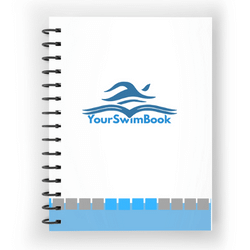
Learn 8 more reasons why this tool kicks butt now.
Join the YourSwimBook weekly newsletter and get motivational tips and more straight to your inbox. Sign up for free here.

Olivier Poirier-Leroy Olivier Poirier-Leroy is the founder of YourSwimLog.com. He is an author, former national level swimmer, two-time Olympic Trials qualifier, and swim coach.
✅ Free shipping on Orders over $49
✅ Price Match Guarantee
✅ Best selection of gear for training and competition
✅ Fast and Easy Returns

“This is the best book I have ever seen concerning mental training.” — Ray Benecki, Head Coach, The FISH Swim Team


Curious how Kyle Chalmers, Olympic legend, builds goals for competition? Here’s a look at the goal setting engine of an Olympic gold medalist.
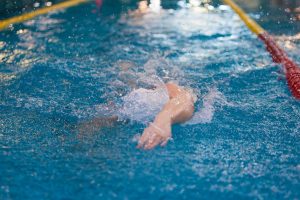
Swimmers often excel academically, proving that success in the pool can translate to success in school. Here’s a look at why swimmers kick fast in the pool and kick butt in the classroom.

Tech suits are racing suits for competitive swimmers. Here’s a look at what makes a tech suit so “techy”, why swimmers wear them, and how they differ from regular swimsuits.
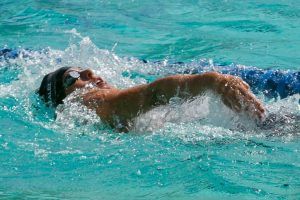
Looking for some awesome swim quotes? Give this list of motivational swimming quotes a look the next time you need to rock and roll in the pool.
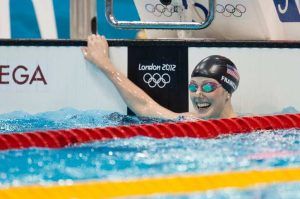
Missy Franklin’s book Relentless Spirit details the triumphs and tribulations on the path to becoming an Olympic champion. Here is a review of the book, along with key takeaways, quotes and highlights…
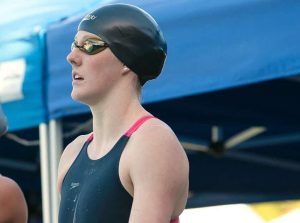
American swim star Missy Franklin captivated the world during her reign as one of the best swimmers on the planet. Here’s how she built her self-confidence going into big swim meets.
SITE
SHOP
GUIDES

LANE 6 PUBLISHING LLC © 2012-2025
Join 33,000+ swimmers and swim coaches learning what it takes to swim faster.
Technique tips, training research, mental training skills, and lessons and advice from the best swimmers and coaches on the planet.
No Spam, Ever. Unsubscribe anytime.
